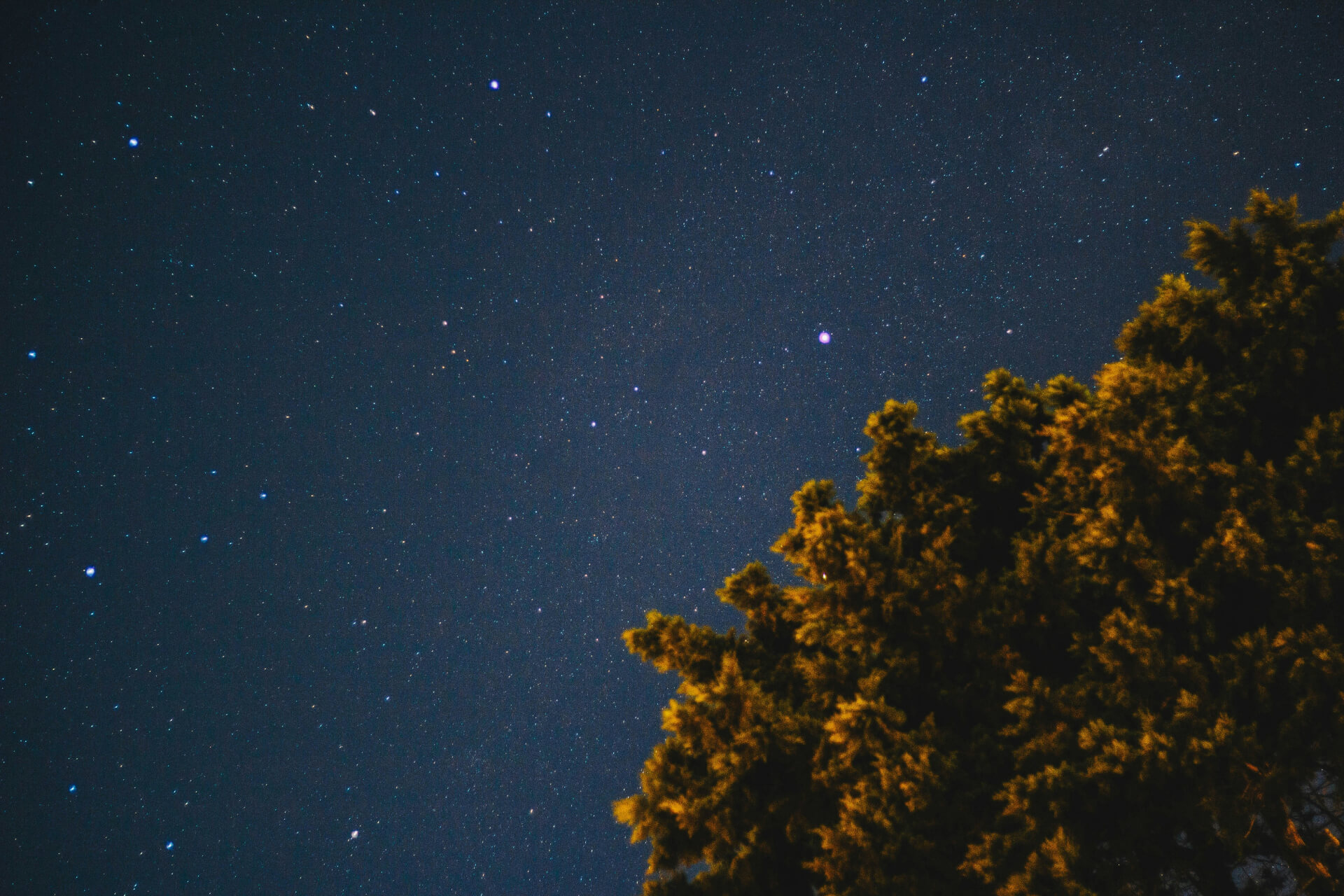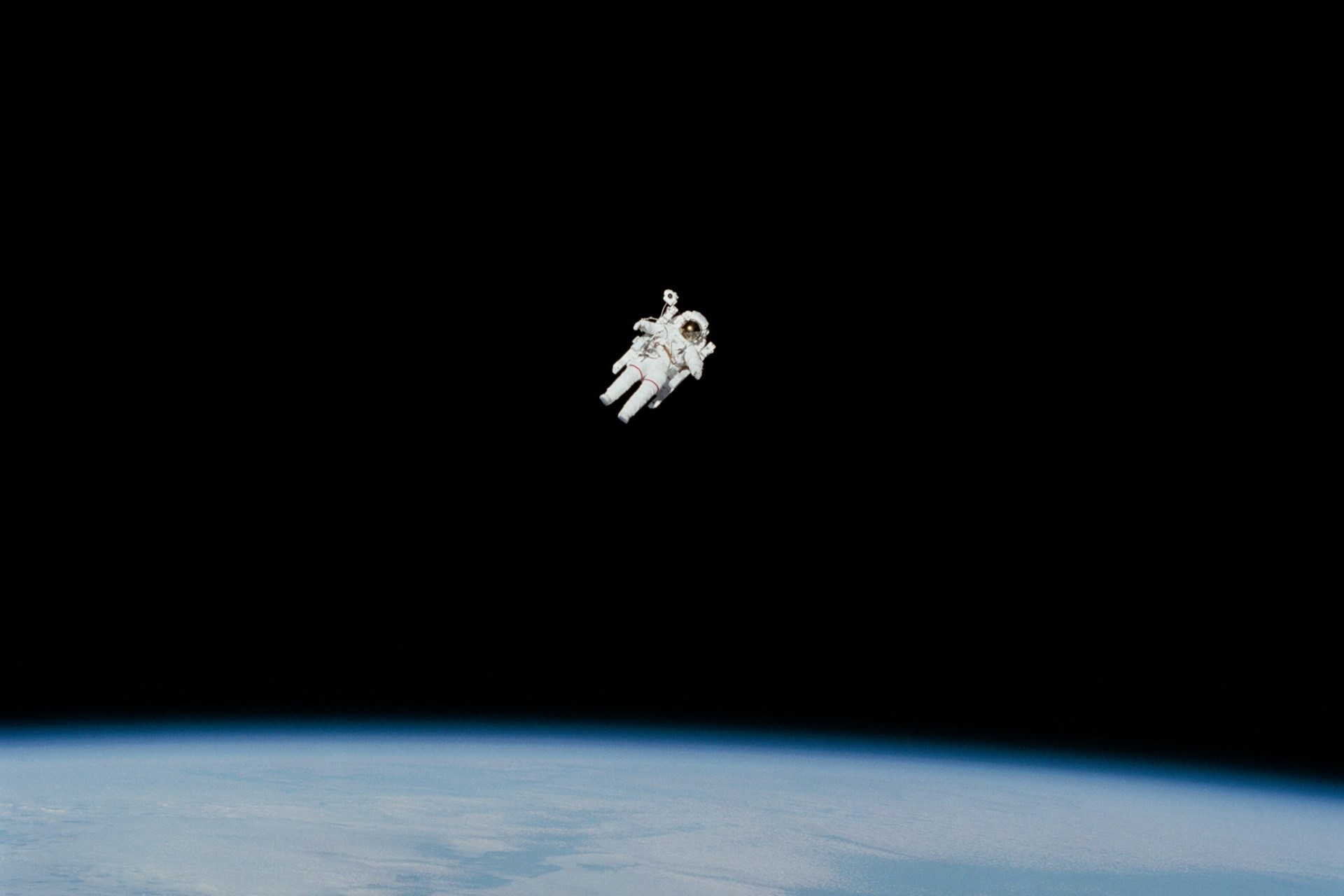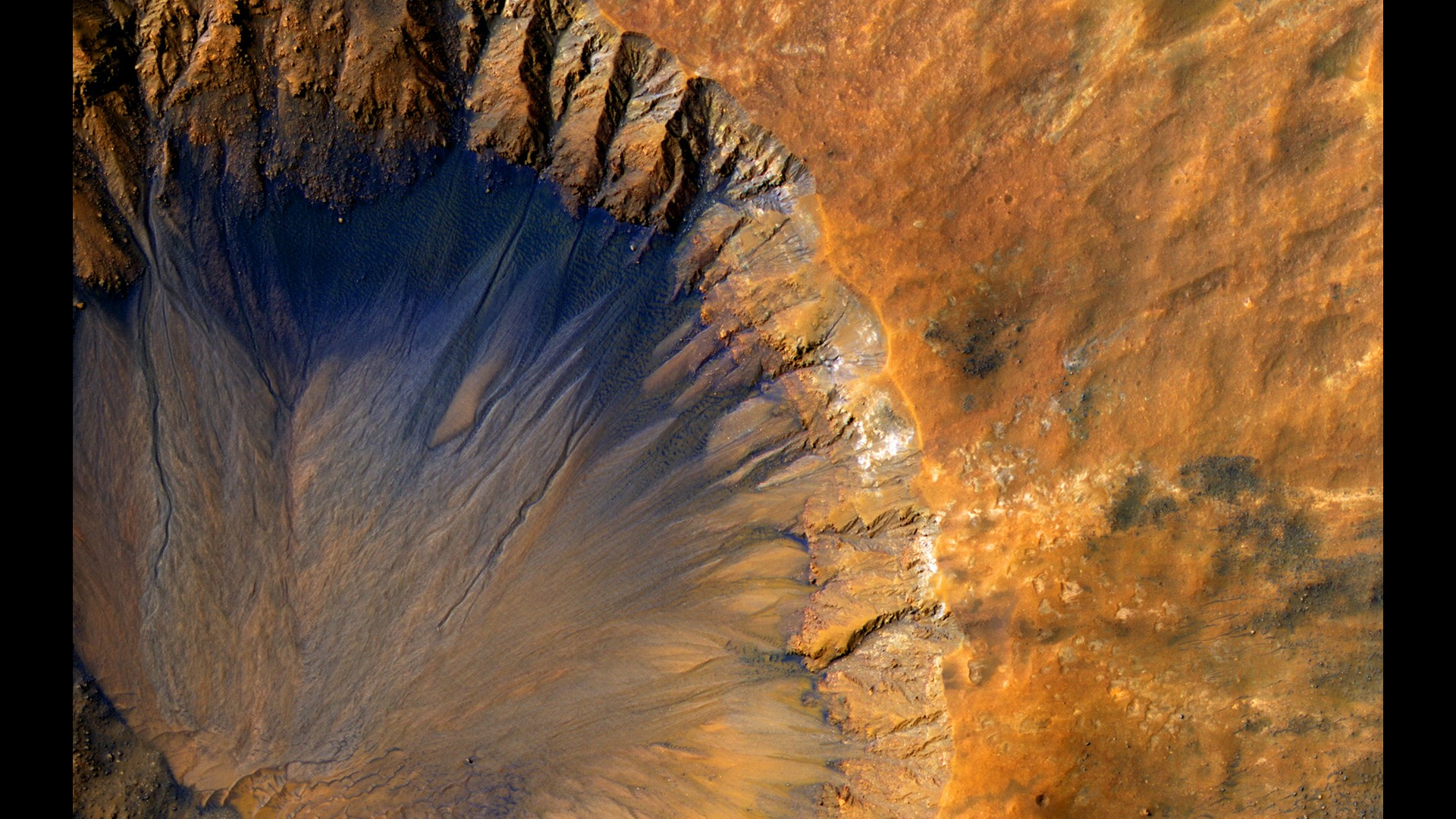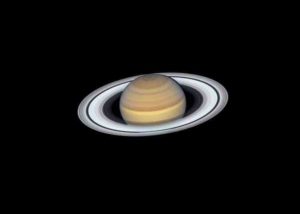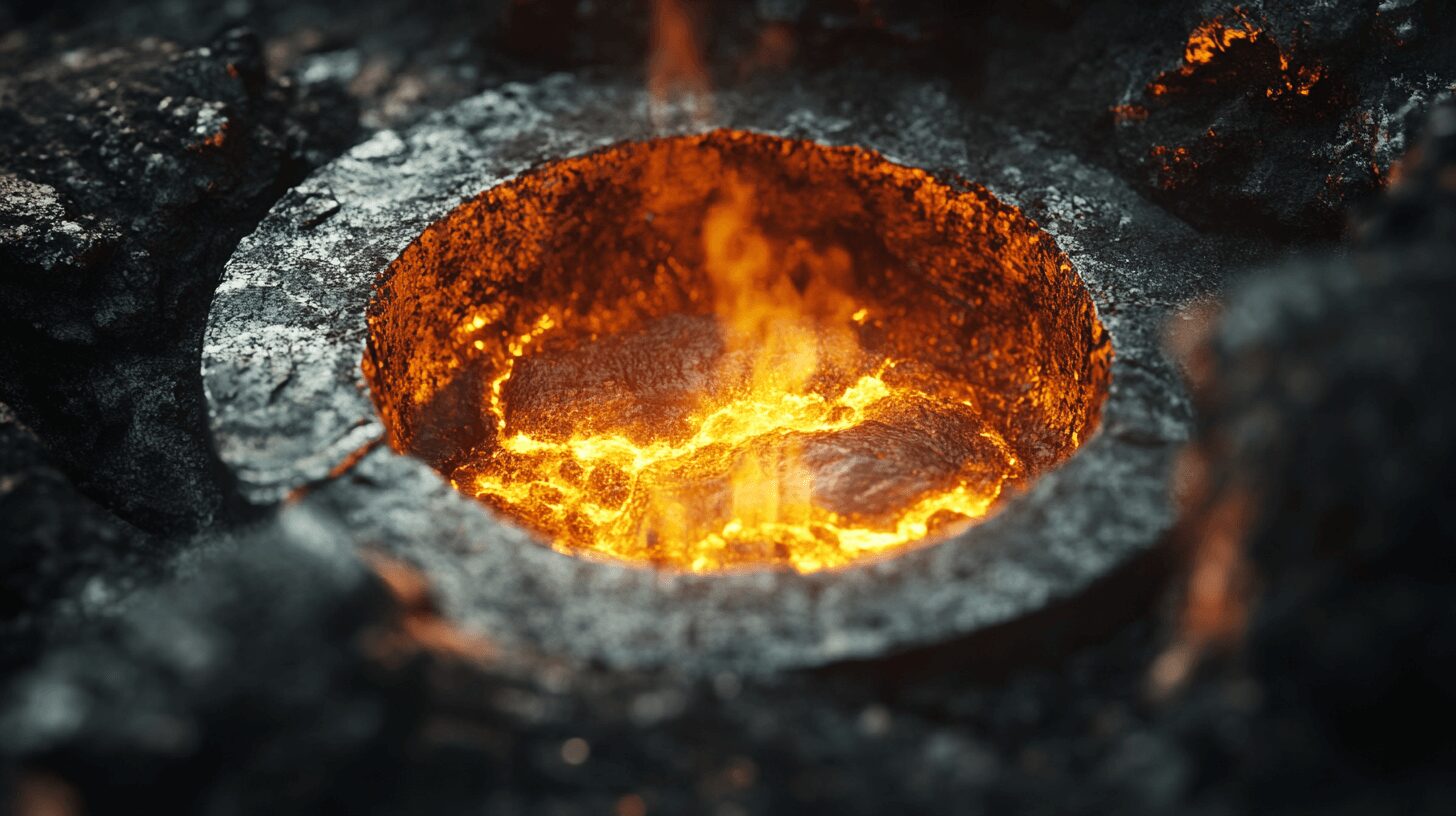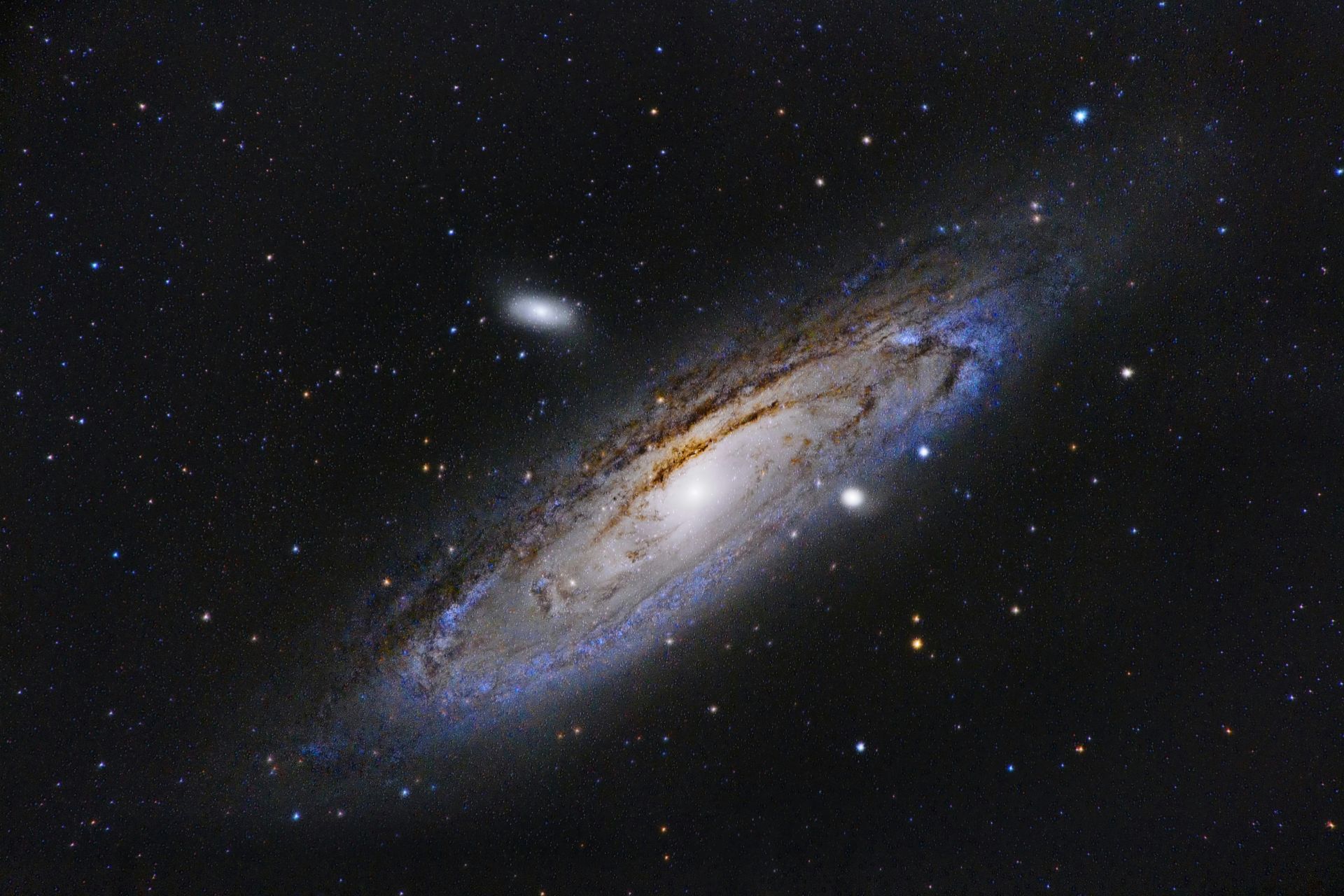
James Webb vs. Hubble: Advancements in Space Telescope Technology
December 20, 2024 - Lou Farrell
Revolutionized is reader-supported. When you buy through links on our site, we may earn an affiliate commission. Learn more here.
Since Hubble’s launch, the space telescope has captured unimaginable glimpses into the vastness of outer space. More than three decades later, the James Webb Space Telescope (JWST) has arrived and promises to uncover the mysteries beyond what Hubble can reach. Exploring their groundbreaking advancements offers the latest insights into their capabilities. How do you compare the James Webb vs. Hubble telescopes?
The Hubble Space Telescope: A Legacy of Exploration
Launched in 1990 aboard the Space Shuttle Discovery, the Hubble Space Telescope has become one of the most iconic astronomical instruments. Orbiting Earth at an altitude of approximately 320 miles, Hubble brought the universe closer to humans than ever before.
Before Hubble, astronomers could only capture blurry telescope images due to the distortions caused by the Earth’s atmosphere. Today, the Hubble telescope brings space into sharp focus.
Hubble’s design was revolutionary for its time. Although its 94.5-inch mirror may seem modest compared to modern telescopes, it was cutting-edge when it first launched. Hubble could observe in visible, ultraviolet and near-infrared light, capturing everything from nearby nebulae to galaxies billions of light years away.
The science that it has enabled is nothing short of groundbreaking. Consider its Hubble Deep Field Images — by focusing on what appeared to be empty patches of sky — it revealed thousands of galaxies in a single frame. The space telescope also played a large role in measuring the universe’s expansion rate — a key factor in calculating its age — now estimated at 13.7 billion years.
Hubble also has a way of inspiring awe. Its colorful portraits of celestial phenomena have sparked wonder among scientists and everyday stargazers. Over 30 years later, it continues contributing to science with more than 1.6 million observations and data used in over 21,000 peer-reviewed papers.
The James Webb Space Telescope: A New Frontier
Scientists often call the James Webb Space Telescope (JWST) the successor to Hubble. When NASA launched it on Christmas Day 2021, it marked the dawn of a new era in space exploration. This telescope orbits an incredible 1 million miles from Earth at Lagrange Point 2 (L2). Unlike Hubble, JWST is an infrared powerhouse that can peer into the farthest reaches of the cosmos.
Its design is revolutionary. Its gold-coated segmented primary mirror spans 21.7 feet — nearly three times larger than Hubble’s. This massive mirror allows it to collect much more light, enabling it to detect objects that are too faint or distant for Hubble. Its sun-shield is the size of a tennis court, which keeps the telescope cool enough to detect the faintest heat signatures from ancient galaxies formed over 13 billion years ago.
The JWST’s scientific achievements have already captivated the world. Within its first year of operation, it has provided unprecedented views of exoplanets. The JWST revealed their atmospheres in stunning detail, including traces of water and carbon dioxide.
It has also captured mesmerizing images of star-forming regions like the Carina Nebula. The JWST has even caught a glimpse of some of the earliest galaxies that emerged after the Big Bang. With all that it has recorded, the JWST is advancing science and rewriting the cosmic history books.
One of its most exciting capabilities is studying exoplanets in detail. The JWST’s spectroscopic tools can analyze the light passing through an exoplanet’s atmosphere, identifying methane, water vapor and oxygen to discover potential signs of habitability or life. With a planned mission life of at least 10 years, the JWST could answer some of the most profound questions about the universe.
Technological Advancements: James Webb vs. Hubble
The Hubble and James Webb Space Telescopes are marvels of their times — each has made a giant leap in space exploration technology. Below, you will find how these two telescopes compare in key advancements.
1. Advanced Light Detection
Hubble
Hubble’s detectors use charge-coupled devices, which changed how astronomers captured light. In 2002, NASA installed a primary camera system called the Advanced Camera for Surveys (ACS). This new installation allowed Hubble to collect wide-field imagery of ultraviolet and near-infrared light.
ACS includes three cameras to capture varied images of space. Although its technology failed in 2007, astronauts repaired one of its cameras in 2009. Simultaneously, NASA introduced the Wide Field Camera 3 (WFC3) to complement ACS and expand its imaging capabilities. It is 35 times more sensitive to ultraviolet light.
James Webb
Webb utilizes mid-infrared detectors that are highly sensitive to faint infrared signals. These detectors allow Webb to observe objects invisible to Hubble. Its detectors have improved greatly by obtaining the latest infrared detection, producing arrays with lower noise levels and larger formatting.
2. Spectroscopy
Hubble
Hubble’s spectrographs include the Cosmic Origins Spectrograph (COS) and the Space Telescope Imaging Spectrograph (STIS). Both are complementary to each other, which can capture various spectral data. With COS, Hubble’s sensitivity is 10 times in the ultraviolet spectrum and 70 times when observing faint objects. Each offers insights into intergalactic gas and the chemical composition of stars.
James Webb
Webb’s Near-Infrared Spectrograph (NIRSpec) can simultaneously observe up to 100 objects. This allows scientists to analyze the light spectra of entire galaxy clusters in one go, greatly improving efficiency and data collection.
3. Cooling Systems
Hubble
Hubble operates at a relatively mild temperature, primarily focusing on visible and ultraviolet wavelengths that do not require extreme cooling.
James Webb
Webb’s Mid-Infrared Instrument (MIRI) has a cryocooler to maintain temperatures as low as -447 degrees Fahrenheit. This ultra-cold environment is critical for detecting faint infrared signals, as even slight heat would interfere with its observations.
4. Field of View
Hubble
Hubble’s field of view is relatively narrow, capturing detailed images of specific regions of space. For example, the Hubble Deep Field image required hundreds of hours of exposure time in a small patch of sky.
James Webb
Webb’s field of view is more expansive. For instance, its NIRCam can capture multiple regions of interest simultaneously with exceptional clarity, making it more efficient for large-scale surveys.
5. Observing Time Allocation
Hubble
Hubble’s observation time is scheduled through a competitive proposal process, with thousands of astronomers vying for limited hours. Hubble operates 24 hours each day of the year, enabling scientists to collect 18 GB of data every week.
James Webb
Webb follows a similar process, but its instruments can simultaneously collect data on multiple wavelengths, making each observation more productive. Additionally, its precision targeting means fewer observational repeats compared to Hubble.
James Webb vs. Hubble — A Journey of Discovery and Innovation
The James Webb and Hubble Space Telescopes are two compelling chapters in the story of human exploration. Hubble laid the groundwork for modern astronomy with its breathtaking images and discoveries, making the wonders of the universe clear. James Webb has built upon that foundation, pushing the boundaries of technology to explore deeper into space. With the two telescopes working in unison, these technological pieces expand the horizons of knowledge and imagination one observation at a time.
Revolutionized is reader-supported. When you buy through links on our site, we may earn an affiliate commission. Learn more here.
Author
Lou Farrell
Lou Farrell, Senior Editor, is a science and technology writer at Revolutionized, specializing in technological advancements and the impacts on the environment from new developments in the industry. He loves almost nothing more than writing, and enthusiastically tackles each new challenge in this ever-changing world. If not writing, he enjoys unwinding with some casual gaming, or a good sci-fi or fantasy novel.


